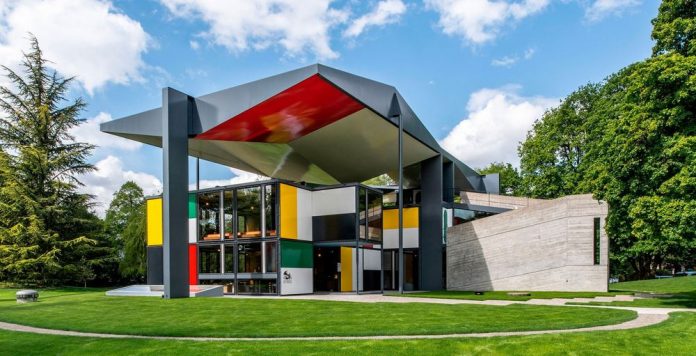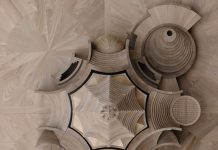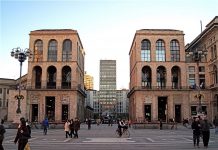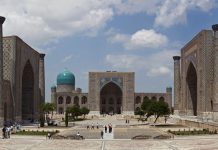It happens that a traveler returns from distant lands completely unrecognizable. This also happened to the skyscraper in its paranoid-critical journey across the Atlantic.
An approximate chronology of the origin of a truly Cartesian city with brains, becoming an instrument of pure puritanism. As a result of the strangest cross-pollination between misunderstood rhetorical constructions, American pragmatism and European idealism exchanged values and attitudes. The materialistic philistines of New York invented and created a whole dream field for hunting for the fantastic, for synthetic emotions and pleasures, the final configuration of which could neither be controlled nor predicted. For the European humanist artist, this creation is only chaos, a reason to solve problems: Le Corbusier bursts out in response with a majestic stream of humanistic incoherences, which, however, cannot hide the sentimentality underlying his understanding of modernity.
His program for the true industrial era is the effectiveness of the banal: “to be able to open your eyes and see a piece of the sky, to live next to a tree, next to a lawn,” “to just walk from one skyscraper to another.” Among the “simple joys” – the sun, space and greenery – everyday life will regain its eternal immutability. Birth and death with a long period of breathing between them: contrary to the optimism of the industrial era, the Old World still sees the future tragically. Le Corbusier is patient. As a paranoid person should, he believes that everything is going according to his plan.



















